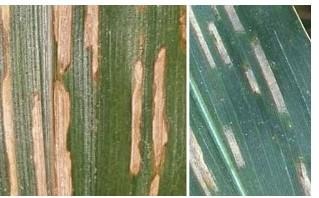By Emma VandenEinde
There's likely to be a change in the cost of beef at the grocery store. That’s because historic drought and other factors are pressuring producers across the country to reduce their cattle counts.
The U.S. Department of Agriculture reported a 3% drop in the country's cattle and calves inventory as of Jan. 1. The number of beef cows – which amounts to about a third of all cattle and calves in the U.S. – was down 4%, the smallest count in more than 60 years.
Most states in the Mountain West saw declines that were slightly less than the national average. Except for Utah, that is, which had a 6.3% drop in its total number of cattle and calves compared to 2021.

Historic drought and other factors are pressuring producers across the country to reduce their cattle counts.
Many producers attribute the lower numbers to the prolonged drought gripping the West, which has increased the price for hay.
“Normally I raise all the hay I need for my cattle – I've even sold some some years. But the last couple of years have been very tough,” said Carlyle Currier, a rancher and president of the Colorado Farm Bureau. “2021 was an extremely dry year in western Colorado and in Utah and all the Colorado River Basin really, so production was down very substantially nationally.”
Currier ranches in Molina on Colorado's Western Slope. He said high feed and hay costs forced him to decrease his herd by 20%.
“Hay that was selling for $100 a ton four years ago is now bringing closer to $300 a ton,” he said. “If you have to feed the cows that aren't creating that much income, well, you sell the cows instead of buying more hay.”
Brett Moline, the director of public and governmental affairs at the Wyoming Farm Bureau Federation, said it’s more than just the hay prices causing people to give up their cows.
“Equipment costs, diesel fuel, supplies – everything is going up,” he said. “The farmers were having a hard time even being able to get some of their fertilizer, let alone afford it. So that's cut into the crop yields. "
Click here to see more...